Rajvir Dahiya, University of California San Francisco, United States
Current cancer screening methods—radiological imaging, DNA-based tests, and pathological assessments—often fail to detect malignancies at early stages. Despite technological advances, gene-based diagnostics specifically designed for early cancer detection remain limit [....] » Read More
















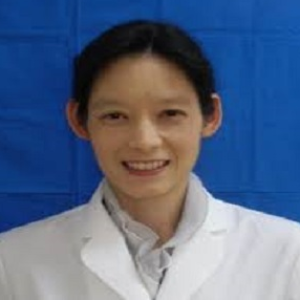

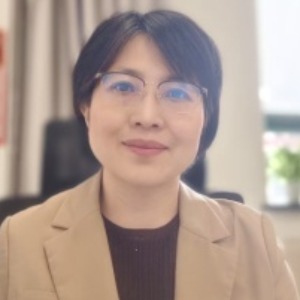
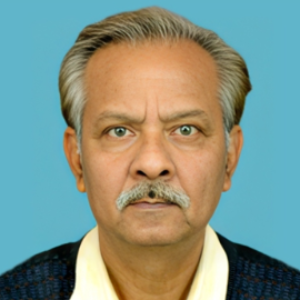




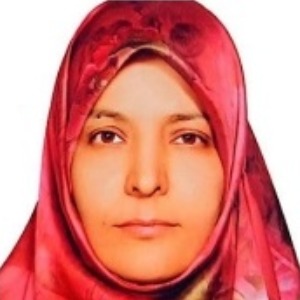
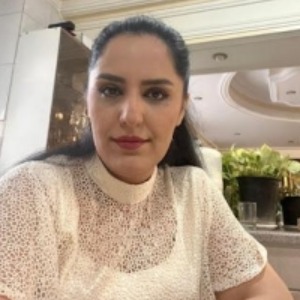





Title : Serum based machine learning models to assess the risk of liver cancer
Jianhua Luo, University of Pittsburgh School of Medicine, United States
Hepatocellular carcinoma (HCC) is one of the most lethal malignancies for human. Early diagnosis of HCC is crucial in reducing the mortality of the disease. In this study, a panel of 9 fusion transcripts in the serum samples from 136 individuals using TaqMan qRT-PCR was analyzed. [....] » Read More
Title : Multiplexed detection of ovarian cancer biomarkers
Michael Thompson, University of Toronto, Canada
This presentation discusses biosensor detection of ovarian cancer (OC). Personalized medicine offers a promising strategy for tailoring OC treatment to an individual’s genetic makeup and specific cancer subtype. This precision-based approach requires consideration of all pa [....] » Read More
Title : Gene activation and delivery
Nagy Habib, Imperial College London, United Kingdom
For over three decades Nagy has been at the forefront of clinical research and clinical practice in cancer. He pioneered the first clinical trial in the use of adenovirus and plasmid for the treatment of liver cancer, as well as the use of plasmid gene therapy in hydrodynamic gen [....] » Read More
Title : Targeting the post-translationally generated epitopes to fight cancer
Michele Mishto, The Francis Crick Institute, United Kingdom
MHC class I complexes can present antigenic peptides that have a sequence produced by post-translational mechanisms such as peptide splicing. Some examples of tumour-associated spliced epitopes have been investigated for their immunogenicity in the context of cancer so far. We de [....] » Read More
Title : Transforming immune therapy: A reverse pathway in B-lymphocytes for super-antibody technology to cure infectious diseases and cancer
Victor J Alexander, Capital Stem Cell Research Corporation, United States
Until today, the contemporary Adaptive Immunology is using Clonal Selection Theory (CST) as a main Theory of Adaptive Immunology for explanation of how Adaptive Immune system is working in mammals. But after 5 years (2010-2015) of his theoretical research results did show that [....] » Read More
Title : Analyzing the impact of therapeutics on cancer- Associated fibroblasts using a reporter- Based assay
Aisha Makama, Roswell Park Comprehensive Cancer Center, United States
Pancreatic ductal adenocarcinoma (PDAC) is currently the third leading cause of cancer-related mortality in the United States and is projected to become the second by 2030. Despite advances in oncology, PDAC remains notoriously difficult to treat, with a dismal five-year survival [....] » Read More
Title : Association between occupational classifications and symptom burden in patients with advanced cancer: A multicenter cross-sectional study in China
Mo Tang, Chongqing Cancer Hospital, China
Background: Little is known about the relationship between psychosomatic symptoms and different occupations in patients with advanced cancer. Aim: To assess the prevalence of psychosomatic symptoms and the status of symptom burden management among advanced cancer survivors with d [....] » Read More
Title : Digital symptom management tool use among metropolitan-dwelling older adults with cancer in China: A qualitative exploration of experiences
Jie Ding, Zhejiang Chinese Medical University, China
Introduction: With the rapid advancement of digital health technologies, digital symptom management tools (DSMTs) have emerged as promising interventions to support self-management of cancer-related symptoms. These tools offer real-time monitoring and personalized feedback, poten [....] » Read More
Title : Homoeopathic intervention in a CA stomach: Case report with pre & post CECT report
Amir Ashraf, Dr. Amir's Family Homoeopathy Clinic, India
Introduction: Homoeopathy is an alternative system of medicine discovered by German physician Samuel Hahnemann in 1796. It has been used by several people for various health conditions globally for more than last 200 years. In India, homoeopathy is considered as a major system of [....] » Read More
Title : Immune stimulating outcome of chrysin and γ-irradiation via apoptotic activation against solid Ehrlich carcinoma bearing mice
Nermeen Mohamed Elbakary, Egyptian Atomic Energy Authority, Egypt
The rising interest in innovative methods of cancer immunotherapy has prompted research into the immunomodulatory mechanisms of natural and synthetic substances. Aim: The goal of this study was to assess chrysin immune-stimulating and pro-apoptotic effects on tumor growth and [....] » Read More
Title : Enhancing caregiver support and engagement through smart room technologies in palliative oncology: A needs assessment framework for technology integration in care
Manijeh Firoozi, University of Tehran, Iran (Islamic Republic of)
Introduction: Caregivers of terminal cancer patients often face significant stress and complex challenges in delivering effective care. Frequently, they lack access to adequate assistance in caregiving tasks. Smart room technologies offer promising potential to alleviate these bu [....] » Read More
Title : Cultural and individual factors influencing the adoption of smart room technologies among primary caregivers of cancer patients in palliative care
Manijeh Firoozi, University of Tehran, Iran (Islamic Republic of)
Introduction: The integration of smart room technologies into palliative oncology care has the potential to enhance patient comfort and overall care quality. However, acceptance and utilization of these technologies can vary significantly based on cultural contexts and individual [....] » Read More
Title : Stage at diagnosis and survival among adult patients with cancer in Rwanda: A population-based study
Marc Hagenimana, Rwanda Biomedical Centre, Rwanda
Background: There are marked disparities in cancer survival between low-income and high-income countries, yet population-based survival data from low-income settings remain scarce. Understanding cancer survival patterns is crucial for guiding cancer control strategies and improvi [....] » Read More
Title : The role of handgrip strength and functional capacity in predicting health outcomes in adolescents and young adults with cancer: A study from Nigeria
Osueke Anastasia Ngozi, Babcock University, Nigeria
Background: Adolescents and Young Adults (AYAs) with cancer face unique challenges impacting their physical and psychosocial well-being. This study aims to assess hand grip strength, functional capacity, and quality of life among AYAs with cancer at Lagos State University Teachin [....] » Read More
Title : The impact of social marketing based intervention on educating esophageal cancer preventive behaviors
Davoud Shojaeizadeh, Tehran University of Medical Sciences, Iran (Islamic Republic of)
Esophageal cancer is one of the most widespread disease in Golestan Province , Iran. To identify risk factors a lot of research has been done. Because health workers have successful experiences of health education. The purpose of this study is to use social marketing to influence [....] » Read More
Title : Temporary induction of hair follicle dormancy to prevent chemotherapy-induced hair
Sanaz Shafaei, Payame Noor University, Iran (Islamic Republic of)
Chemotherapy-induced alopecia (CIA) is one of the most distressing side effects of cancer treatment. It affects not only physical appearance but also patients’ confidence and emotional well-being. My deep emotional reaction to seeing cancer patients suffer from hair loss in [....] » Read More
Title : Serum glycolytic enzymes, microRNAs and malondialdehyde levels in breast cancer patients
Bernard Kwame Segla, University of Ghana, Ghana
Background: Cancer cells adopt glycolytic pathways to generate ATP and produce large amounts of ribose sugar as source for nucleotide biosynthesis. The process known as metabolism reprogramming results and the process increases glycolytic enzymes expression and activation. The me [....] » Read More
Title : BRCA1 (185delAG and 5382insC) mutations and associated risk factors among breast cancer patients in Amhara region, Northwest Ethiopia
Tewodros Eshetie Abuhay, University of Gondar, Ethiopia
Breast cancer is the most common cancer and the main causes of death among women worldwide. It is growing strongly in the developing countries. In Ethiopia, though there has not been an adequate study the incidence of new cases of breast cancer is currently increasing and has bec [....] » Read More
Title : A need for innovation to detect and prevent perineural invasion
Emma Turner, Johns Hopkins University, United States
Perineural invasion (PNI) in head and neck cancer (HNC) is a critical factor associated with poor prognosis, increased recurrence, metastasis, and reduced survival rates [1,2]. PNI occurs when cancer cells invade the perineural space surrounding nerves, allowing tumor spread thro [....] » Read More
Title : Defining innate immune cell mechanisms upon Helicobacter pylori mediated tumorigenesis
Tyanna Supreme, The Hospital for Sick Children, Canada
Gastric cancer is one of the most common and deadliest cancers in the world. Patients face a 25% five-year survival rate and diagnosis is often delayed as gastric cancer typically presents as asymptomatic or with nonspecific symptoms2. There are many environmental, epigenetic, an [....] » Read More